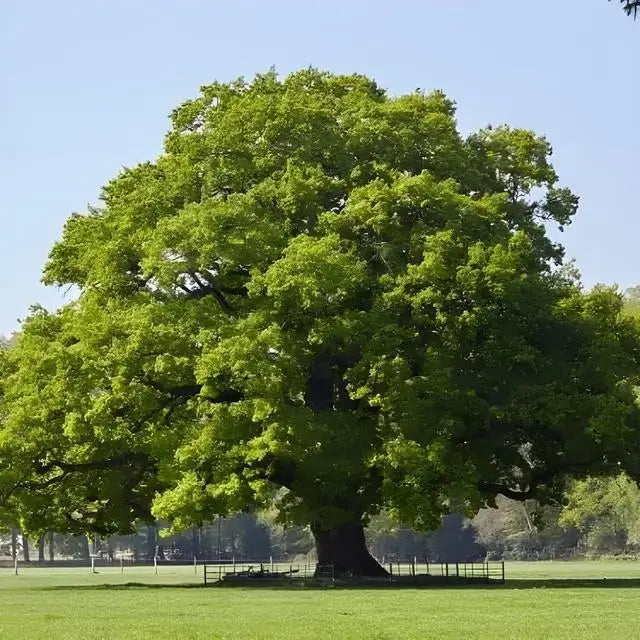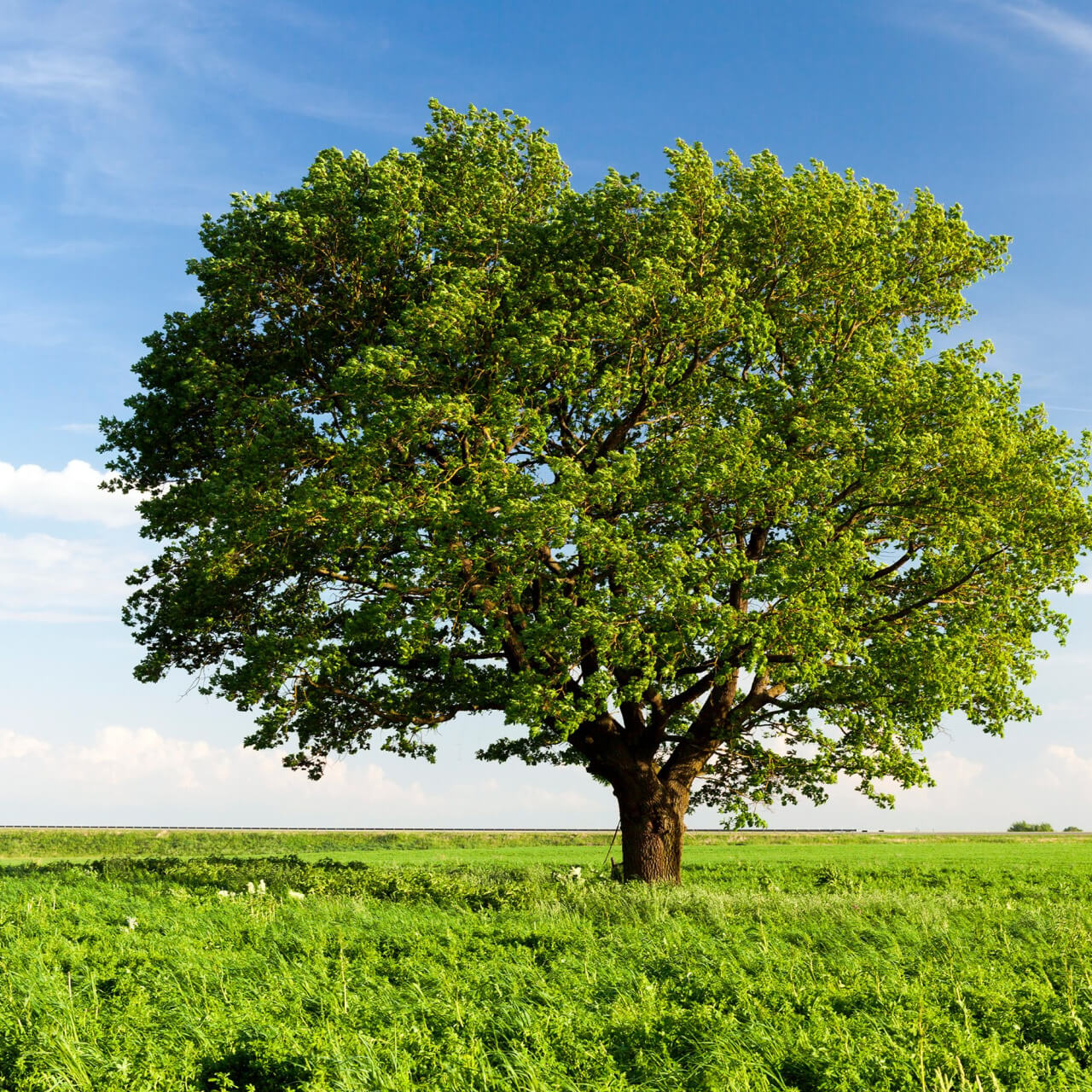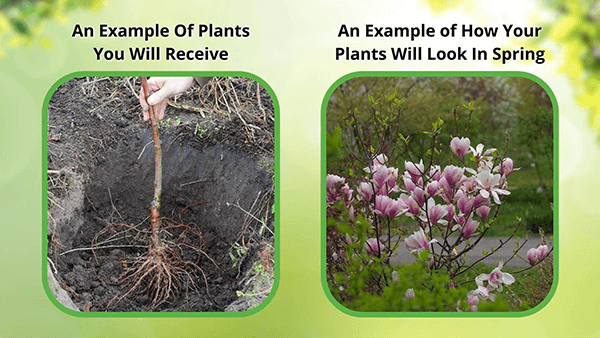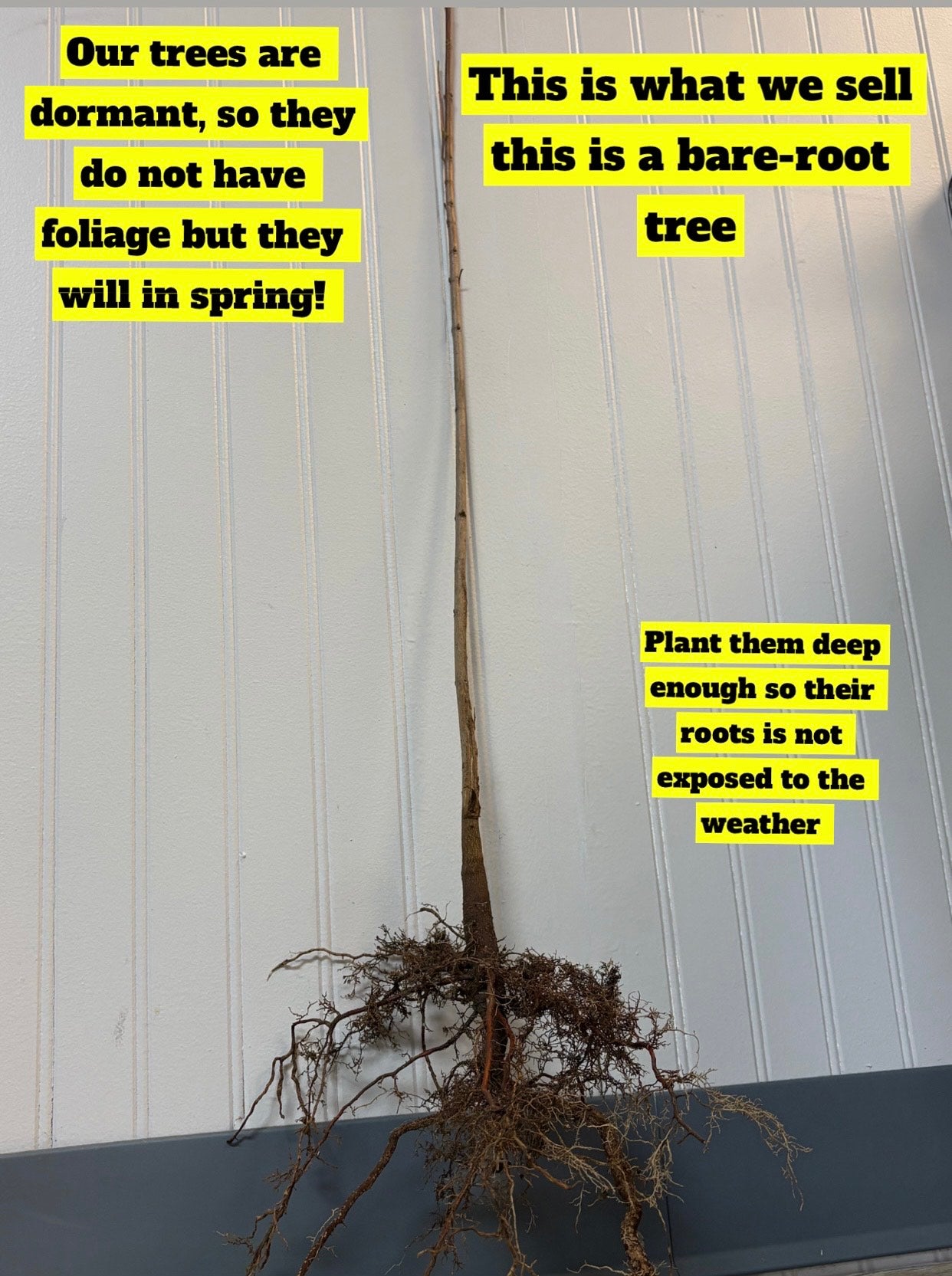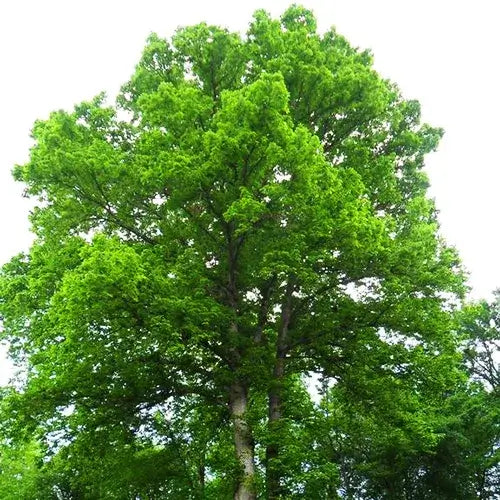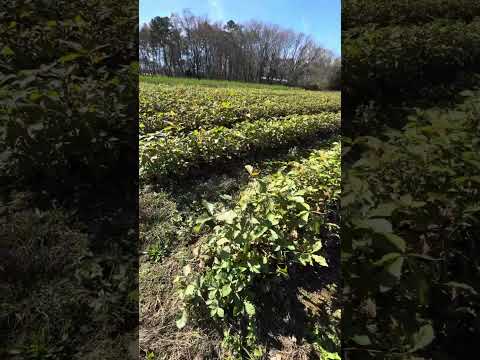Chestnut Oak Trees For Sale
Chestnut oak trees are a #2 seller at TN Nursery. They are one of the fastest growing oak tree species and the easiest oak to grow without a green thumb. We have had an abundance of oak trees this year and grew thousands of extra plants, and are selling these at clearance prices because we need to make room for 4 more production greenhouses.
Our loss is your gain. We usually sell these for 5 times more than they are priced, and we are offering them near our "at cost" price to move these quickly. Order now for quick shipping.
Plant Details: Chestnut Oak Tree (Quercus prinus)
Family: Fagaceae
Light Requirement: Full Sun
Water Needs: Moist
Height: 60 - 70 ft.
Spread: 60 - 70 ft.
Growth Rate: Fast
Bloom Time: Spring
Flower Color: Yellow
Wildlife Value: Attracts birds
Chestnut Oak: Tree Benefits and Maintenance
Chestnut Oak Tree is a deciduous tree with large branches and an elegant stature. This tree will have a beautiful yellow-orange color in the fall.
This tree is a low-maintenance option for your property that will create a large, majestic impact. Plant this tree to create a shade garden. Plant this tree in a location that has full sun. If this tree is planted in shade, this will limit its growth.
This tree prefers well-draining and acidic soil. It grows naturally in high, mountainous areas, so plant it in a location that has rocky or sandy soil. Avoid planting this tree in clay soil that may become waterlogged.
Its flowers are small and inconspicuous. Its male catkins are yellow in color, while its female catkins are redder in color.
This tree will produce large, shiny, dark brown acorns that are significantly longer than other varieties, that will drop to the ground. Crops of these acorns are produced less reliably than other species.
Water this tree thoroughly until it is well established. It is generally drought-tolerant, but be sure to give it water during prolonged dry periods during the hot summer months. You should prune this tree when you notice damaged or diseased branches.
Protect this tree when it is young and susceptible to animal damage and deer browsing. Looking to provide a haven for wildlife? Its acorns will attract lots of wildlife, including small mammals and birds. Birds will nest in its branches.
Noteworthy Characteristics of Chestnut Oak Trees
Chestnut Oak Tree will also attract cavity-nesting birds like owls and woodpeckers. Its leaves resemble chestnut leaves, giving it its name. Its leaves are green with rounded lobes.
Exposure
The Chestnut Oak Tree thrives in full sun to partial shade. It prefers a sunny location with at least 6 hours of natural sunlight every day but can also tolerate some shade, particularly in hot climates or during peak summer heat.
Height at Maturity
Over 25 Feet
Usage
Shade
Shipped As
Bare-root
Ships
UPS
Planting Zones
5-9
